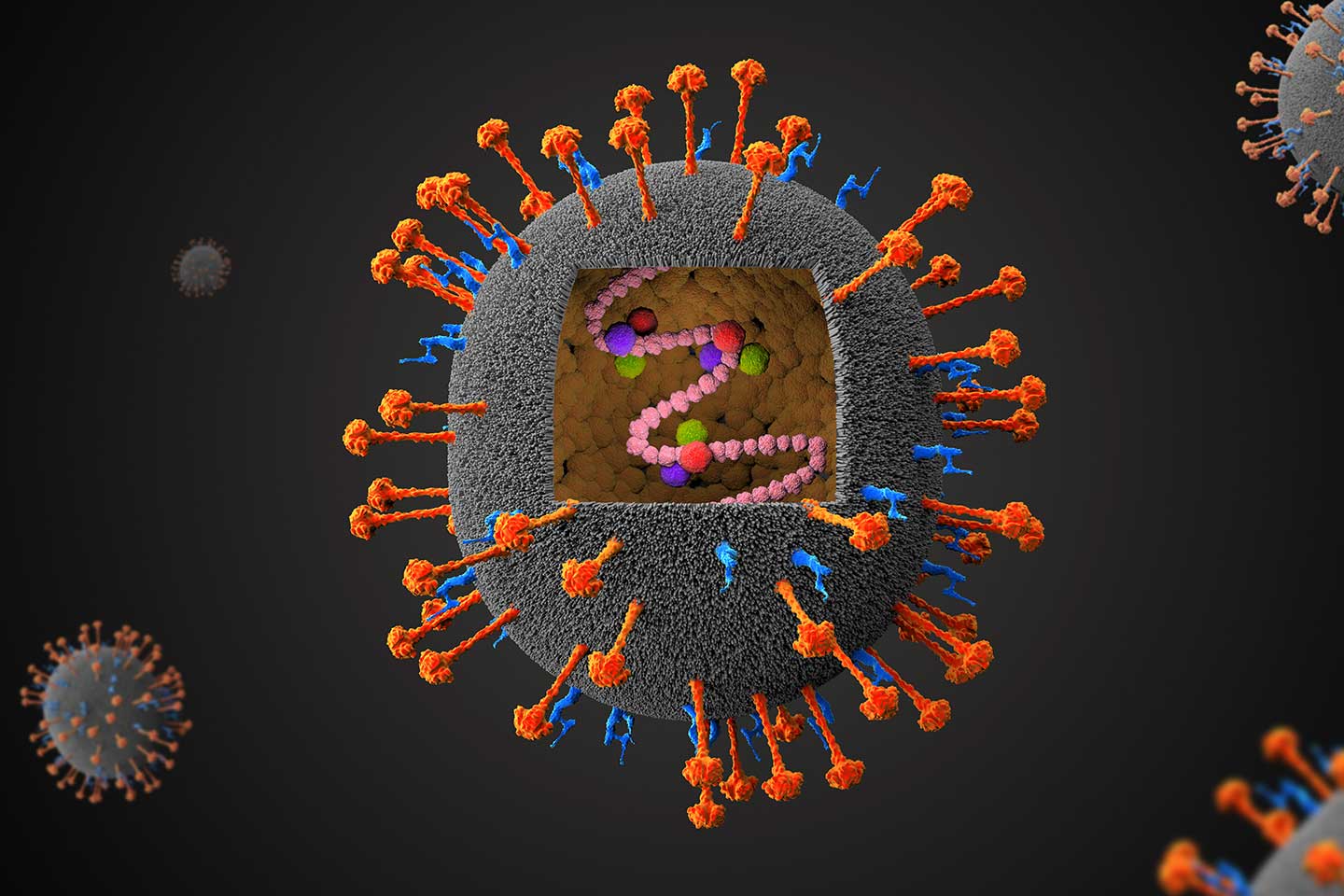ARTICLE SENT BY MARIANA SALLES INTERPRETING III
CORONAVIRUS : THE LAST PANDEMIC ?
The COVID-19 pandemic felt for many of us like it came out of the blue, but scientists have long been sounding the alarm about a potential pandemic from a coronavirus.
We already had warnings with the SARS and MERS outbreaks, both caused by coronaviruses, and both spilled over from animals into humans. Given the way people continue to encroach on animal habitats, trade wildlife and eat bushmeat, it is increasingly likely that zoonotic diseases that come from animals will cause future pandemics.
This already happens more often than you might think. Since the 1940s more than 330 emerging infectious diseases have been identified, of which 60% were zoonotic. And when a new infectious disease does emerge, human migration, population growth, rapid global travel, climate change urbanisation and dense urban slums can all hasten its spread.
Given that more people are living in closer proximity to each other than ever before and that normally more than a billion people cross international borders each year, it has never been easier for outbreaks to escalate and spread globally.
With the current pandemic, research carried out in response to previous coronavirus outbreaks and developments in vaccine technologies gave us a head-start that meant that COVID-19 vaccines could be developed rapidly. Even so, at the outset we had limited national systems for case detection and tracking of epidemic spread.
The complete lack of treatments or existing vaccines meant that in the year that it took to develop vaccines, millions lost their lives to COVID-19.
R&D tends to focus on immediate threats, and often on drugs, vaccines or diagnostics that are most profitable, which explains why many diseases identified by World Health Organization as having a high potential to cause future pandemics are currently being neglected. Many of these threats affect low- and middle-income countries and have little or no research and development ongoing. This is dangerous, and means that if any of these diseases turn pandemic, we could once again be caught off guard. Millions of lives could be lost.
In this series, we look at which pathogens currently pose the greatest pandemic threat, why that is and what research has been carried out into mitigating their impact.
THE NEXT PANDEMIC

The next pandemic: Nipah virus?
Nipah virus can kill as many as three out of four people it infects. Since the fruit bat that carries the virus often comes into contact with humans, here we explain why the development of drugs and vaccines for the disease is becoming increasingly more urgent.

Ebola has so far only affected African coun